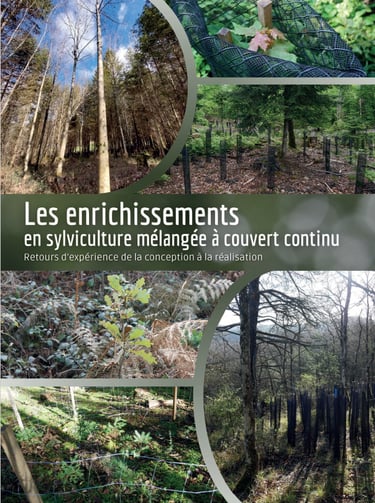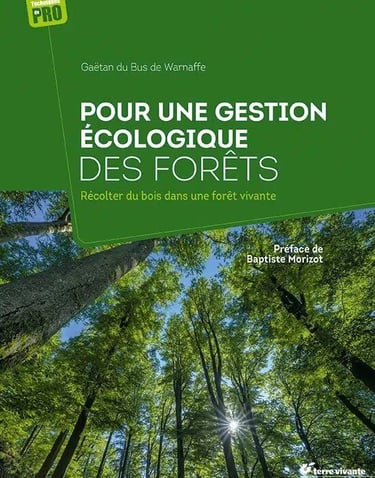What forestry for forest groups?
All the coniferous plantations of the forest groups (GF) of the Hérault are between 45 and 68 years old. These plantations were carried out and financed by the State with, at the time, the objective of harvesting the stand at maturity. It was 'before', France needed this raw material for its industry.
But the trees have grown more or less well and the silviculture has evolved more or less well.
The state forestry services, DDA at the beginning, then DDAF and now DDTM, as forest manager until the repayment of the advance granted by the state, had already realized the first remunerative clarifications. These initial clarifications having most often allowed the repayment of the debt, the GF then became autonomous and had to, from this emancipation, learn to manage its afforestation.
The managers of these GF were mostly mayors, because the municipalities that had brought bare land into the GF had received shares in exchange. The members, trusting their elected officials, who had previously negotiated with BRL the creation of the GF, did not hesitate to appoint their councillor as manager of the GF.
These elected officials, although not professional forest managers, nevertheless ensured the administrative life of the GF.
The CRPF, coming in support of the managers, has done and is still doing remarkable work with forest groups and especially with those whose afforestation has arrived at the age of second light and whose debt has been repaid.
The establishment by the CRPF of professional forest managers who draft the sustainable management document and then implement it has been a great help to managers, unfamiliar with forestry.
As the coniferous plantations were of the same age on the same GF, the proposed sylvicole treatment was similar to regular timber, with thinning and final cutting.
But the new challenges of climate change and biodiversity conservation require another type of forestry.
The global trend is towards forest management closer to nature: continuous cover mixed forestry (CCMF). This method aims to optimize the socio-economic functions of forests while promoting biodiversity and ecosystem resilience.
To implement this forestry, it is important that the managers of the GF are convinced. The transition from traditional forestry to CCMF will take time in artificial stands.
This is why the training of managers is urgent to understand the key principles of this forestry: multifunctionality of woodlands, diversity of species and natural processes that govern the forest ecosystem.
The federation promotes this forestry and wishes to help the managers of the GF so that they can, in full knowledge of the facts, adopt this innovative sustainable management method.




Liens
Contact
fgfherault@gmail.com
+33 6 13 03 33 69
© 2025. Tous droits réservés. FGF Hérault - Marc C.
Suivez-nous sur LinkedIn !!
